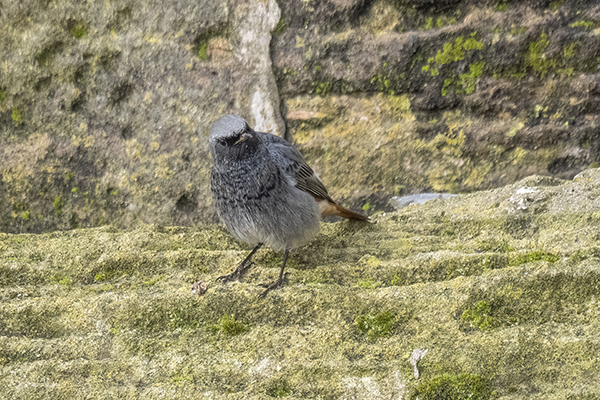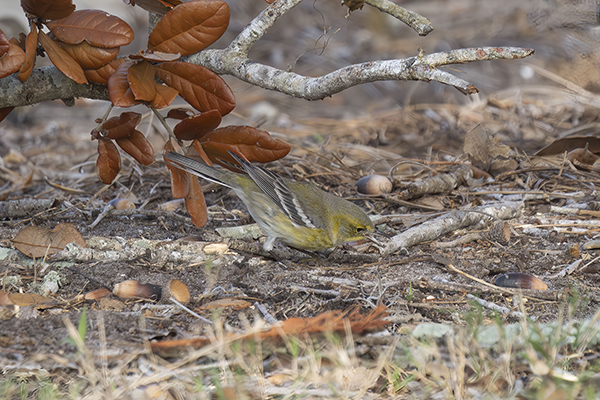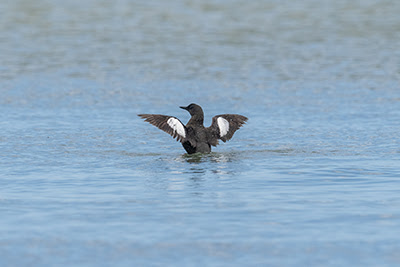Black Redstarts only started colonising the UK after the 2nd World War and favoured bombed out buildings and derelict sites in the south of the country. Although widespread and common in Europe they're still a scarce breeder here and are very slowly moving north with breeding attempts being made in Liverpool and Manchester.
I saw my 1st around 1976 when I was taken to see a breeding pair at a typical derelict site on the Essex coast. They're still a scarce bird in Cheshire and Wirral and generally a coastal migrant, although they have bred, and a description species inland. I've see na few in the spring on Hilbre with the last being in spring 2023 - see here.
News that there was an apparently over wintering male at Fort Perch, New Brighton was vaguely interesting but my attention was really piqued when someone posted photo of one of our colour ringed Hilbre Rock Pipits nearby!. When Jan suggested I might want to come along with her and our youngest daughter to an indoor soft play area, also in New Brighton, I jumped at the opportunity as long as I could check the Fort out for both birds.
When I first arrived it was wet and there was no sign of the Black Redstart. A couple of hours later I returned in sunshine and found the bird immediately on show and at one pont came close enough for some really nice photos.
No sign of the Rock Pipit though which was a shame as although the photo clearly showed the blue darvic ring the code couldn't be read. A real shame as this represents the furthest movement for a Hilbre colour ringed Rock Pipit to date - I subsequently found out the Rock Pipit was actually seen nearer Egremont which is even further away. Thats another trip sorted.





















































































































